Climbing and Descending Performance: Understanding an aircraft’s performance during climb and descent phases is crucial for various aspects of flight, from ensuring safety to optimizing fuel consumption. This article will delve deep into the nuances of climbing and descending performance, shedding light on the underlying aerodynamics, engine performance, and key variables involved.
Climbing and Descending Performance: Aircraft Performance
1. The Basics of Climb and Descent
- Climbing: It refers to the phase of flight where an aircraft gains altitude. A climb can be steady, where the altitude gain is consistent over time, or non-steady, where altitude gain changes.
- Descending: The opposite of climbing, descending is the phase where an aircraft loses altitude, approaching either a cruising altitude or preparing for landing.
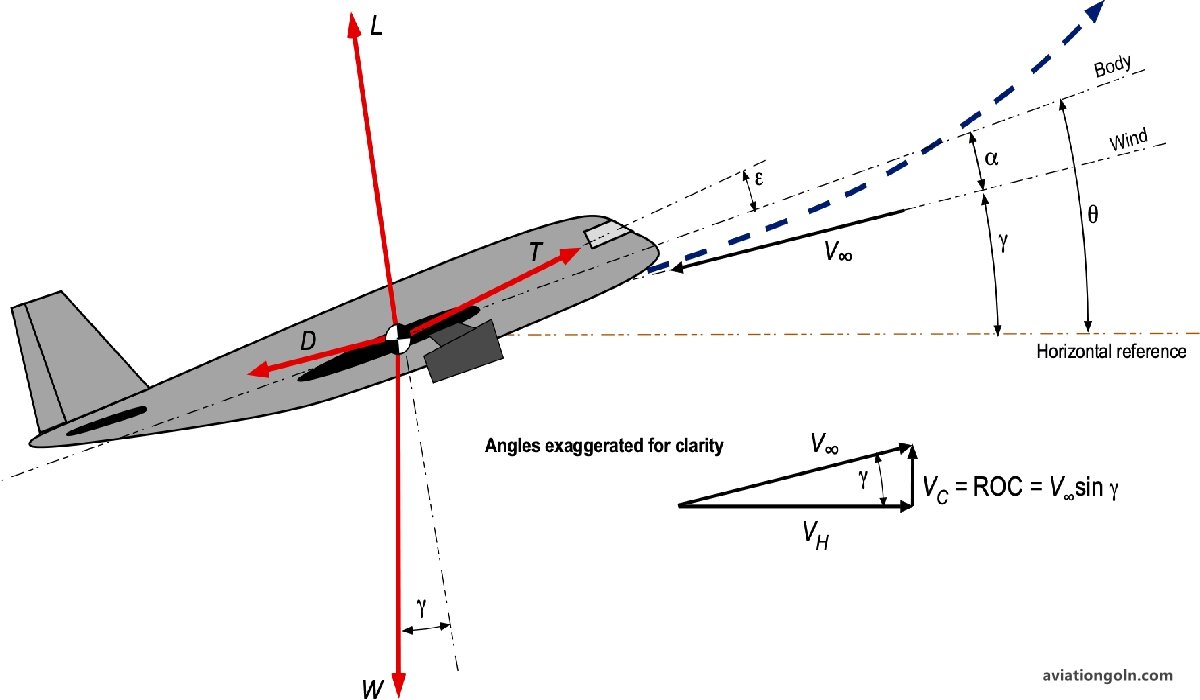
2. Forces in Climbing and Descending
During a climb or descent, four primary aerodynamic forces act on an aircraft: lift, weight (gravity), thrust, and drag.
- Lift remains approximately equal to weight in a steady climb or descent, but their directions differ compared to level flight.
- Thrust during a climb needs to overcome both the aircraft’s drag and a component of its weight. Conversely, in a descent, particularly a powered descent, thrust might be less than in level flight.
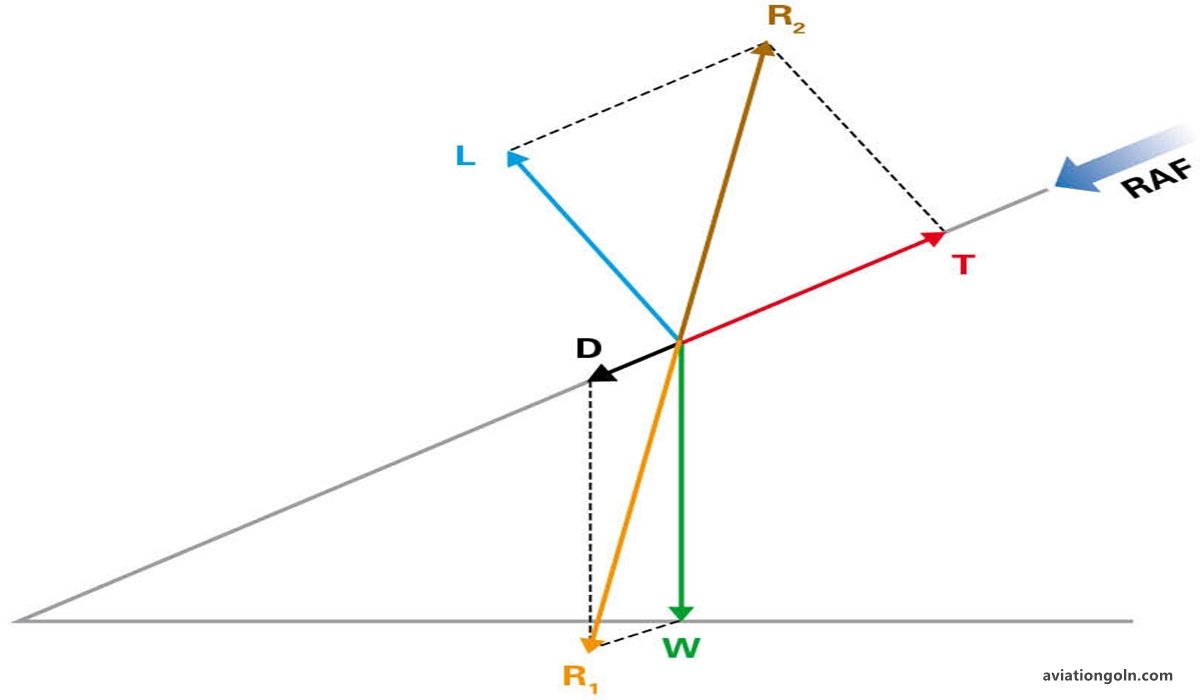
3. Climb Performance Parameters
- Rate of Climb (ROC): This is the vertical speed or the altitude gained per unit of time. It’s measured in feet per minute (fpm) or meters per second.
- Angle of Climb: It’s the angle between the horizontal and the flight path during a climb. A steeper angle signifies a more pronounced ascent.
- Service Ceiling: The altitude at which the ROC reduces to a specified value, usually 100 fpm, is called the service ceiling. Beyond this altitude, the aircraft can’t maintain a safe climb rate.
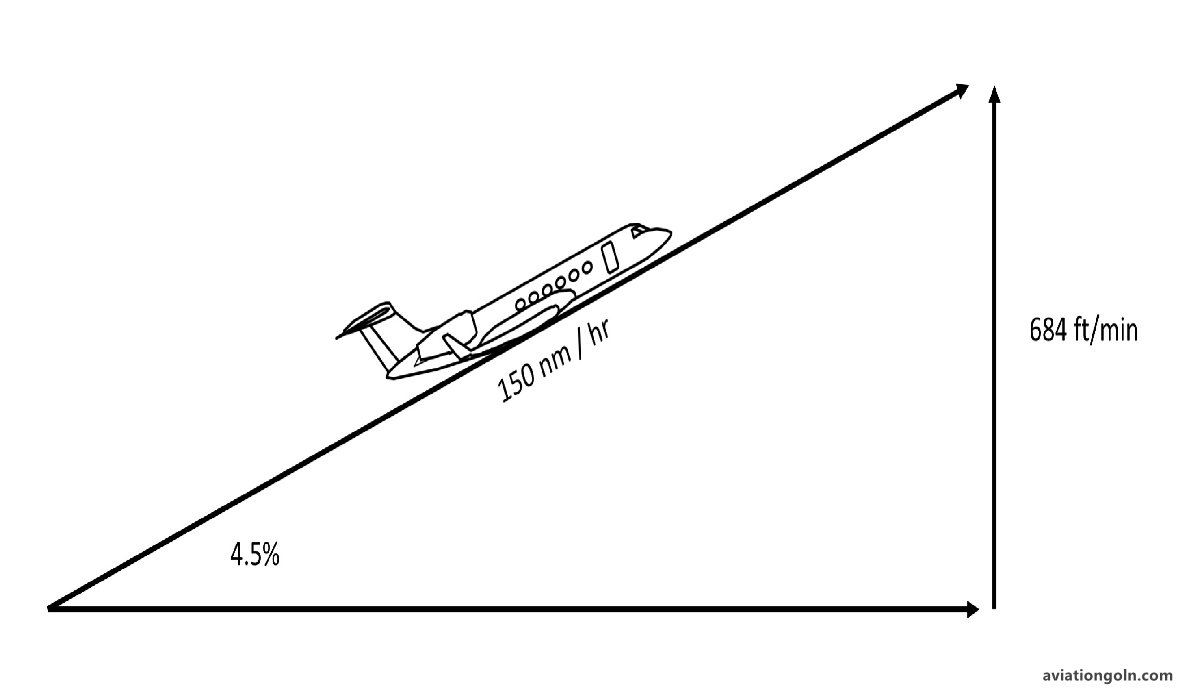
4. Factors Affecting Climb Performance
- Weight: As the aircraft weight increases, the required lift increases, meaning a greater angle of attack and consequently higher drag. This diminishes the climb performance.
- Altitude: As altitude increases, air density decreases. This reduction means less oxygen for engines and decreased aerodynamic efficiency, reducing the ROC.

- Engine Performance: Aircraft with more powerful engines can produce more thrust, enhancing the climb rate.
- Aircraft Configuration: Extended flaps or landing gear increase drag, adversely affecting climb performance.

5. Descent Performance Parameters
- Rate of Descent (ROD): Analogous to ROC, ROD is the altitude lost per unit time. A controlled descent is essential for landing preparations.
- The angle of Descent: This is the angle between the horizontal and the flight path during a descent.
- Glide Ratio: In unpowered descents, the glide ratio represents how far forward an aircraft will travel for a unit of altitude lost.
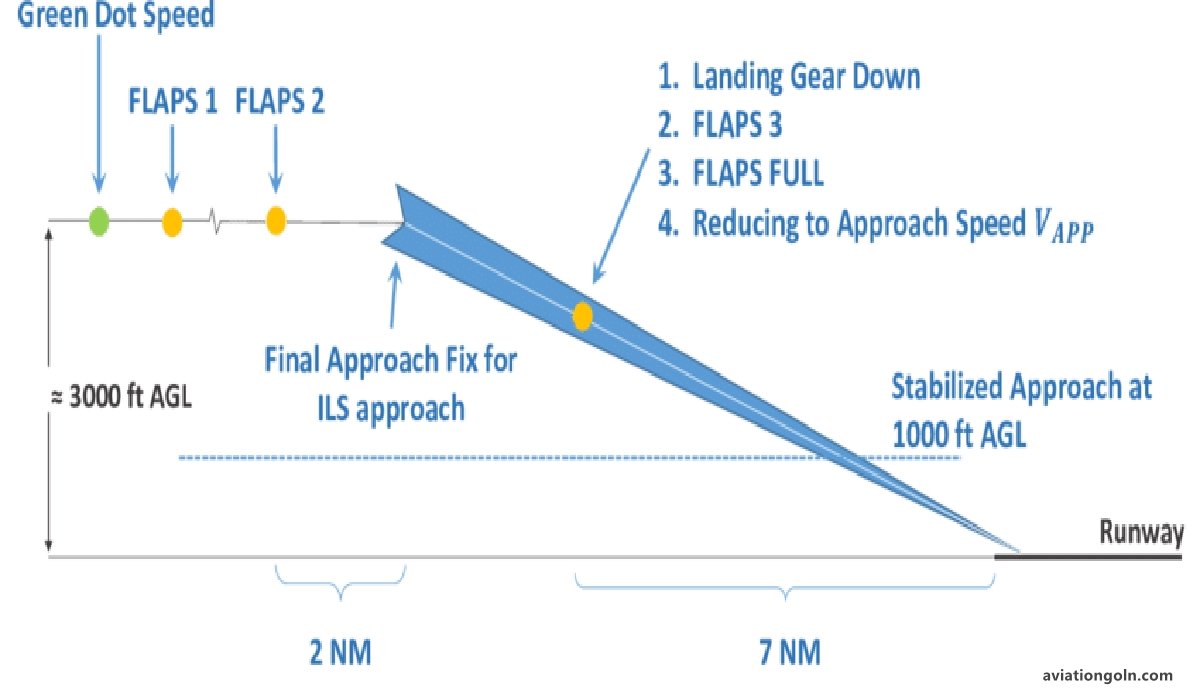
6. Factors Affecting Descent Performance
- Engine Power: A reduced engine power will increase the ROD, while increasing power can decrease it.
- Weight: A heavier aircraft will generally have a higher ROD than a lighter one due to the increased gravitational force.
- Aircraft Configuration: Just as in climbing, extended flaps or landing gear will increase drag, affecting the descent profile.
- Aerodynamic Brakes/Spoilers: Deploying these increases drag, allowing for steeper and faster descents without gaining airspeed.
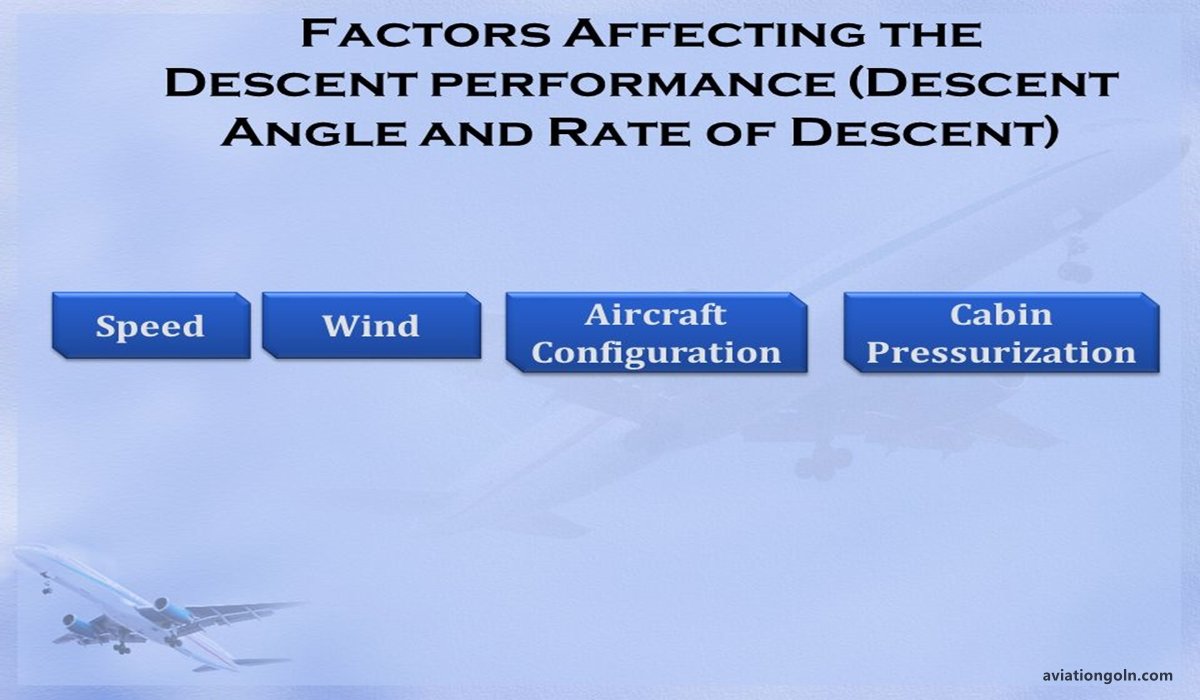
7. Energy Management
Energy management pertains to understanding and managing the aircraft’s potential (height) and kinetic (speed) energy. An efficient climb or descent optimizes these energy states.
- Best Rate-of-Climb (Vy): This speed gives the maximum ROC. It’s essential for obstacle clearance after takeoff.
- Best Angle-of-Climb (Vx): At this speed, an aircraft gains the most altitude over a given horizontal distance. It’s used to maximize the climb angle for short distances.
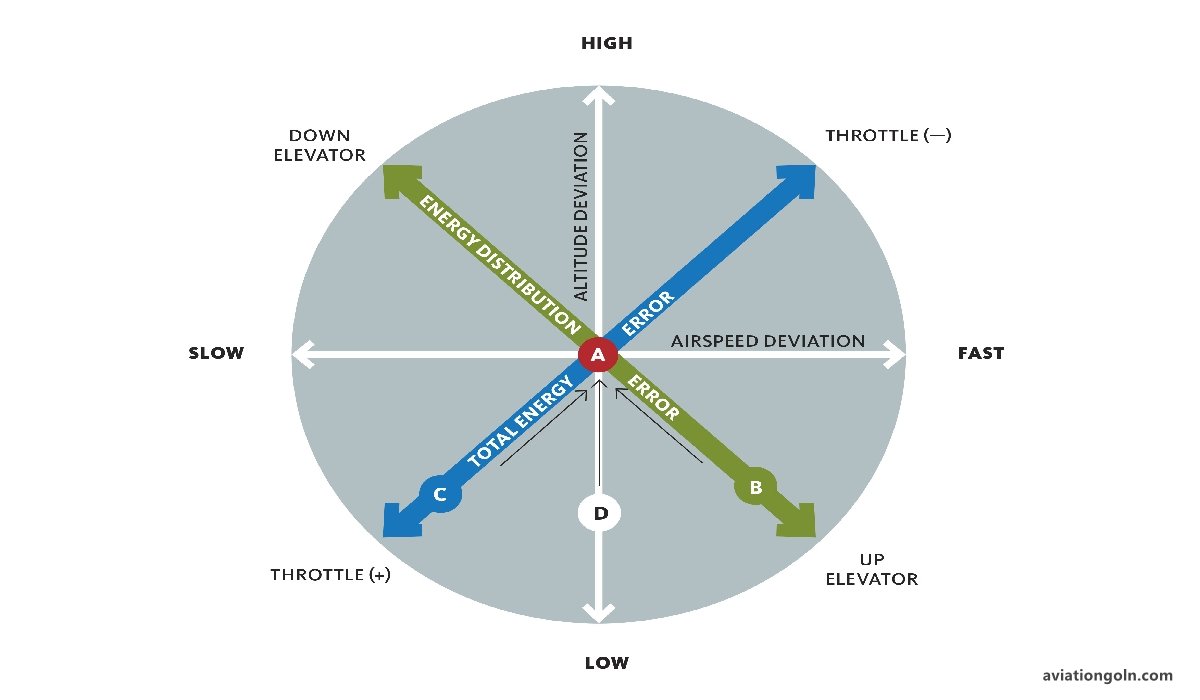
8. Descent Planning
- 3-to-1 Rule: A general thumb rule in aviation, for every 1000 feet of altitude to lose, you should start your descent 3 nautical miles out. This ensures a smooth gradient.
- Descent Rate: A standard descent rate in commercial aviation is around 500-800 fpm. However, this can vary based on aircraft type and operational needs.
- Idle-Thrust Descent: A fuel-efficient descent method where engines are at or near idle, converting potential energy to cover distance.
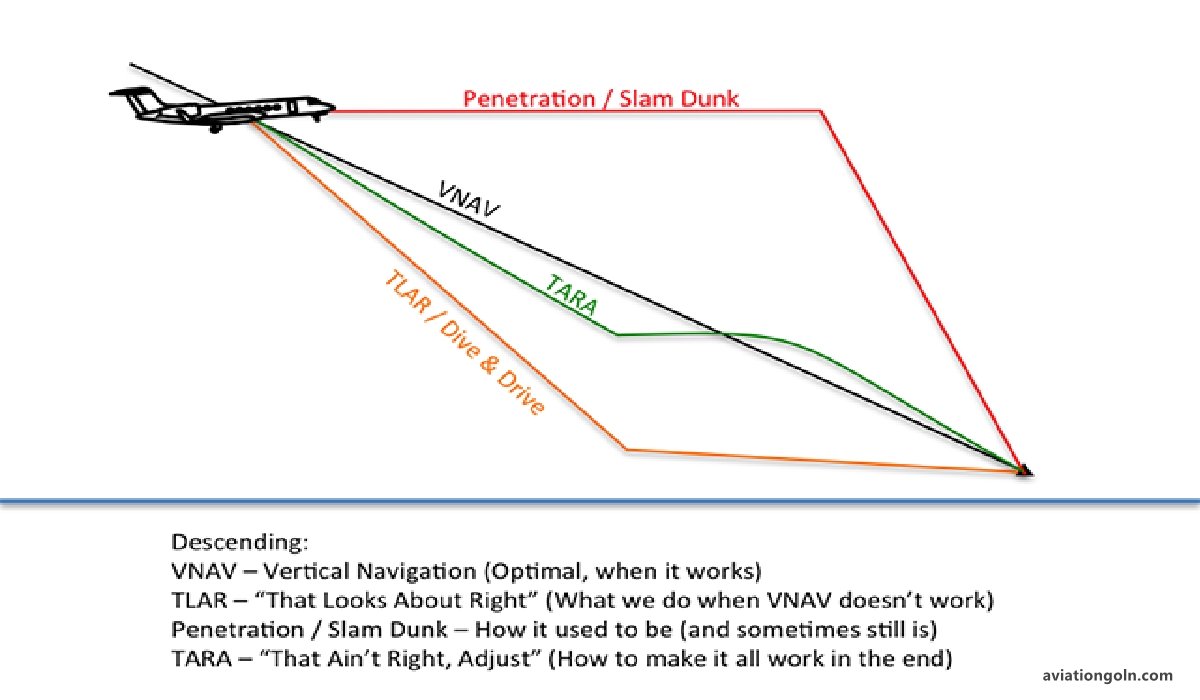
9. Operational Considerations
- Air Traffic Control (ATC): ATC might provide specific climb or descent rates for traffic separation, affecting an aircraft’s performance profiles.
- Weather: Updrafts and downdrafts, or other turbulence, can impact ROC and ROD. Pilots need to be aware and make adjustments accordingly.
- Safety: Ensuring a safe obstacle clearance during both phases, especially in mountainous terrains, is crucial.
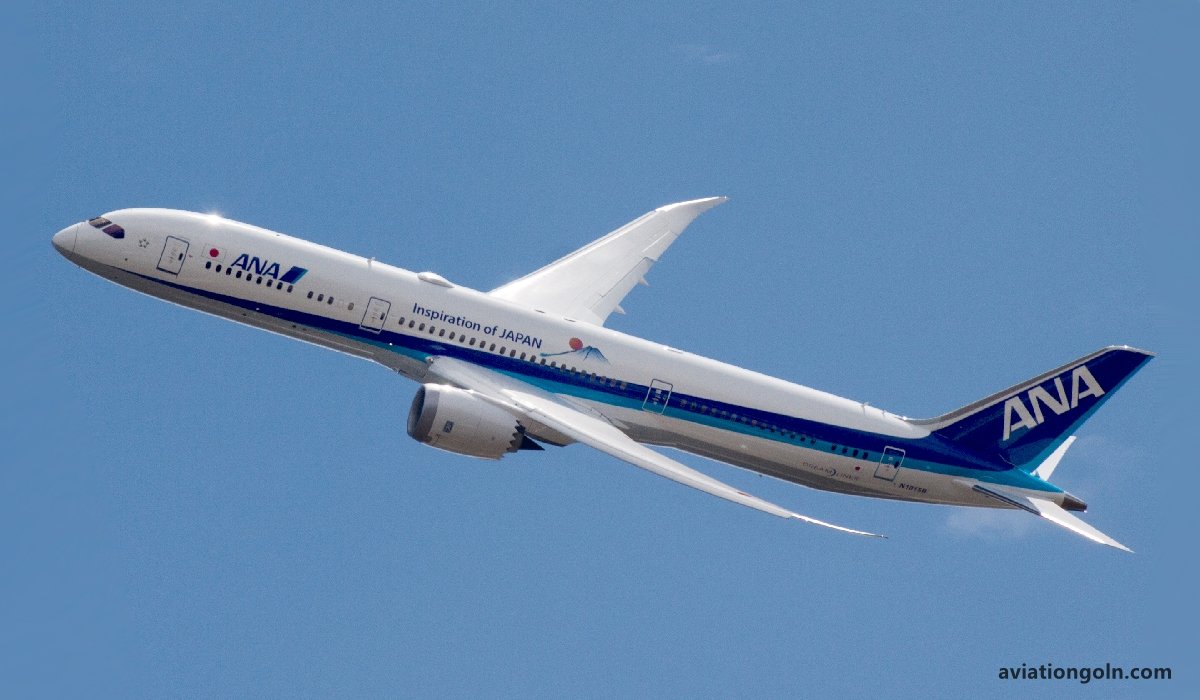
10. Modern Advancements
- Flight Management Systems (FMS): These computer systems optimize climb and descent profiles based on aircraft weight, altitude, and other factors.
- Continuous Descent Operations (CDO): This is an environmentally friendly procedure that allows aircraft to descend continuously, using minimal engine power, reducing noise, and emissions.

Climbing and descending performance is paramount in the realm of aviation. Whether it’s a small general aviation aircraft or a large commercial jetliner, understanding the principles behind these crucial phases of flight ensures safety, efficiency, and optimal aircraft handling. As aviation technology advances and the skies become busier, optimizing these flight phases will remain at the forefront of aerospace innovation and pilot training.
Read more:
